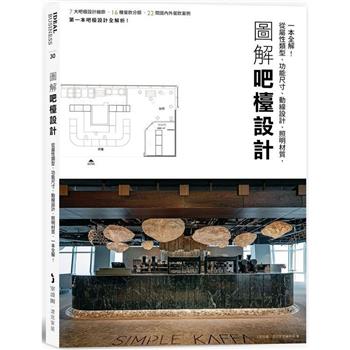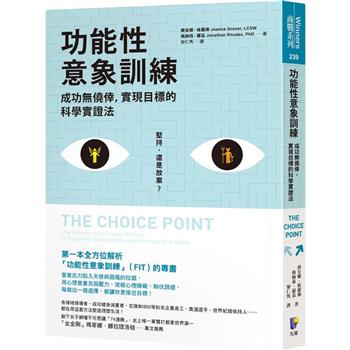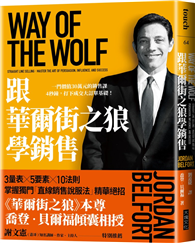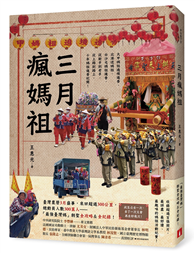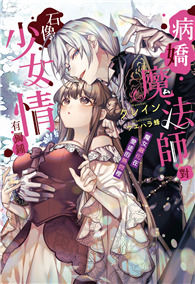RAYMOND J. STEINER is editor/art critic for ART TIMES, the go to source for Creatives seeking Resources and Insights, which he co-founded in 1984. He has profiled over 100 American and European artists and regularly reviews or critiques art exhibits and art books. Among the books he has authored are "23 Woodstock Artists"; "Heinrich J. Jarczyk: Toward a Vision of Wholeness"; "Heinrich J. Jarczyk: Etchings 1968-1998"; "The Art Students League of New York: A History"; and "Quarry Rubble" (a book of poetry). Steiner has written the introductions to many art catalogues and has lectured on art-related subjects both here and abroad. His works have been translated into German, French, Italian and Chinese. He is a member of the American Society for Aesthetics, the International Association of Art Critics (AICA), the Salmagundi Club, and Artist’s Fellowship, Inc. for which he served as Vice President. Because of his long association with art and artists, "The Mountain" with its story of the personal development of an artist, is a novel he was uniquely qualified to author. Into its characters, its plot, its setting in the Woodstock art colony, have gone some twenty-five years of interaction as an artwriter familiar with the inner workings of the art world both in Woodstock and in New York City. Knowledge of the artscene in Woodstock, NY, in fact, informed an entire chapter in his book, "The Art Students League of New York: A History." In addition, Steiner has lived and worked in the region since 1945, allowing for an intimate knowledge of local lore, customs, and history. His first-hand experience of life on the Hudson River (he once worked as a barge captain on the river), with local industry (he once worked as a laborer, a handyman, a railroad worker on a section, a teamster, a county worker, a teacher in the Kingston Consolidated Schools, among other jobs), lends an authenticity to his story of a young man growing up in and around Ulster County. His travels have allowed for "The Mountain" to encompass a wider spectrum. His first full-length novel he has deliberately chosen to present "The Mountain" as a work of fiction. By presenting the life of an artist in the guise of a "story" it is his hope that he could reach a wider audience, thereby informing a larger public of the unique position of the artist as well as the inner workings of the greater artworld.
| FindBook |
|
有 1 項符合
c s s publications, incorporated的圖書 |
 |
$ 934 | The Mountain
作者:Steiner 出版社:C S S Publications, Incorporated 出版日期:2017-05-12 語言:英文 規格:平裝 / 478頁 / 21.59 x 13.97 x 2.69 cm / 普通級/ 初版  看圖書介紹 看圖書介紹
|
|
|
圖書介紹 - 資料來源:博客來 評分:
圖書名稱:The Mountain
|

